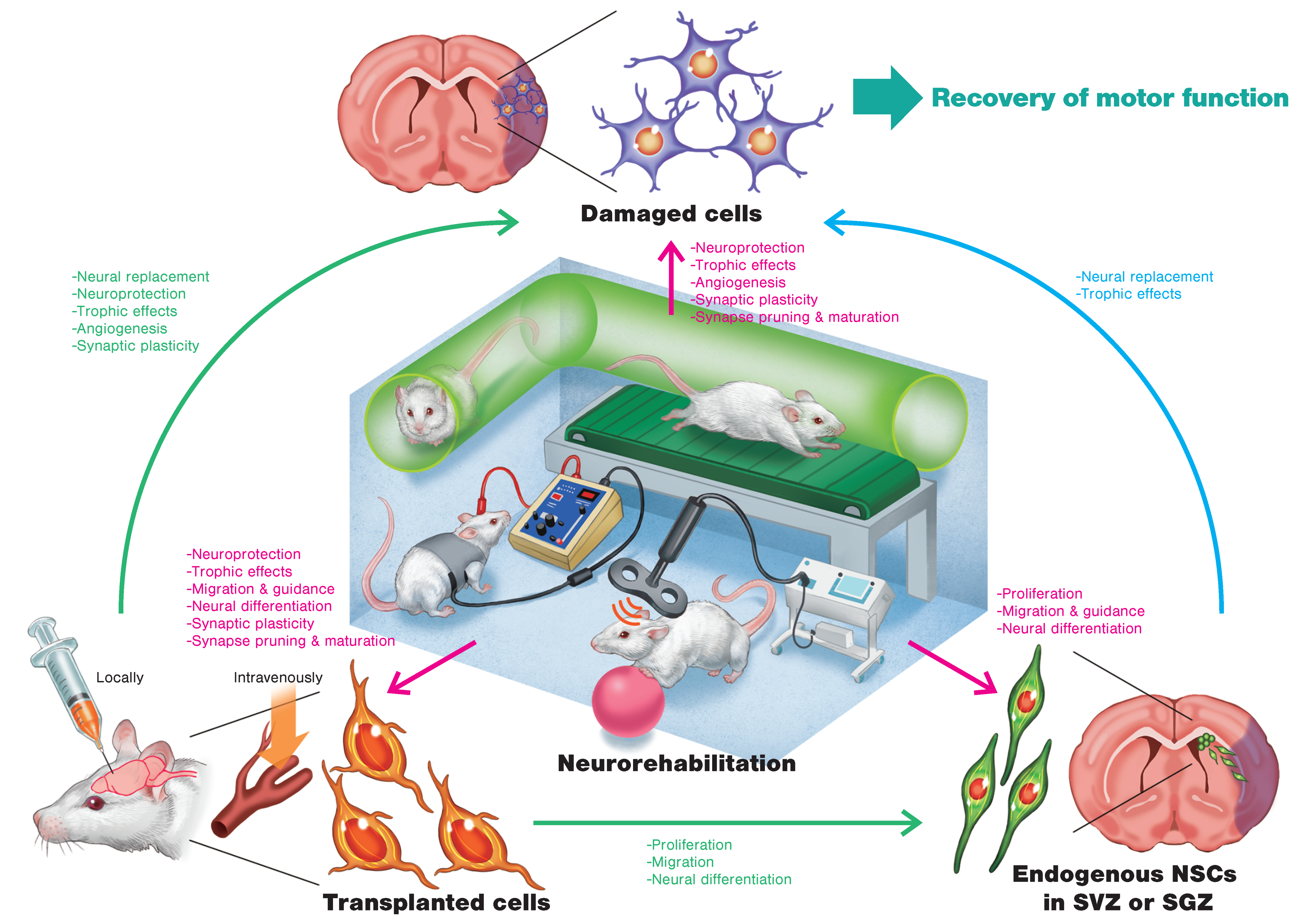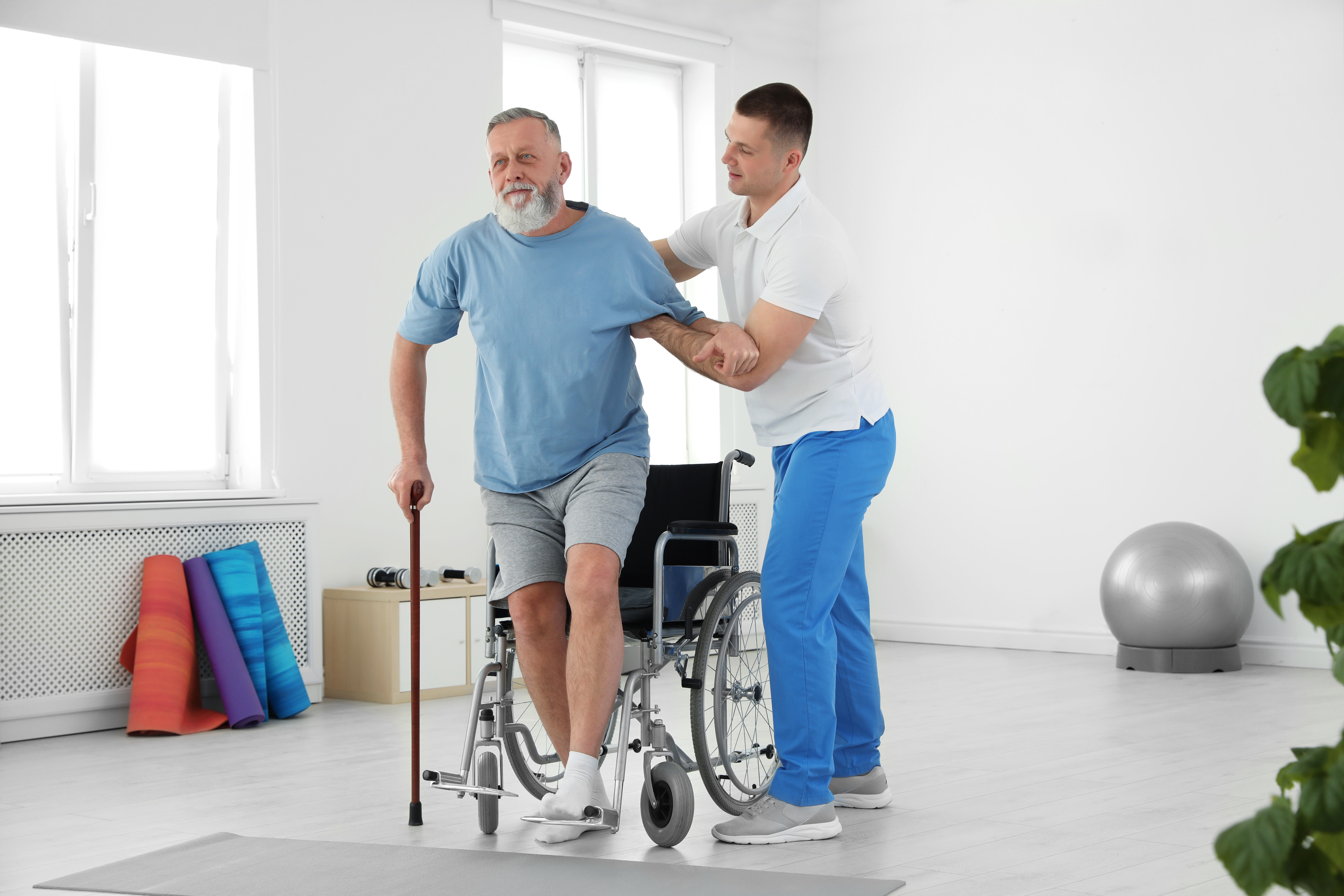Getting The Stroke Support Groups To Work
Table of ContentsAn Unbiased View of Stroke Support GroupsThe Buzz on Stroke Support GroupsStroke Support Groups Fundamentals Explained
Also, the BI records just the status of feeding, bathing, grooming, dressing, bowel function, bladder function, toilet usage, transfers, mobility on level surface areas, and mobility on stairs. While this scale might measure how simple or tough it is to look after someone after a large stroke, many individuals recuperate entirely in all of these functions but stay unable to go back to work or previous social functions due to the fact that of residual deficits in greater cortical functions.
A current longitudinal study of 399 stroke survivors and their caregivers found that caretakers reported greater sense of well-being when the stroke survivor had more severe stroke, however less symptoms of depression and better cognitive function [3] People with cognitive impairment after stroke have poorer functional healing, higher rates of anxiety, and even greater mortality after stroke [4, 5].
g., 8 points for holding up the arm and the leg on one side). This restriction has important effects for examining both candidates for treatment and results of treatment. For instance, a number of studies have revealed that the NIHSS rating undervalues the volume of anemia in patients with right hemisphere stroke relative to left hemisphere stroke [68].

Typically, in large vessel stroke, there is early infarct in the deep subcortical areas (e. g., lenticulostriate territory) with surrounding hypoperfused cortex that might be salvageable. The motor deficits due to deep infarct might not recuperate. But if there is reperfusion of the cortex, cognitive function may be brought back (as discussed later in Section 2.
Stroke Support Groups Fundamentals Explained
For that reason, it is vital to consist of sufficient assessment of cortical function to measure the results of acute intervention (stroke support groups). Recent clinical trials in stroke are just beginning to consist of cognitive endpoints (e. g., [11], but trials focusing on reperfusion usually have not consisted of such endpoints. Previous research studies that have actually investigated lifestyle (QOL) or health related lifestyle QOL (HRQOL) after stroke find more have concentrated on motor function, interaction, and activities of daily living, utilizing instruments that study participants about stroke sequelae which typically are assessed by medical workers [12, 13].
A larger number of comorbidities are likewise connected with poorer HRQOL in the domain of memory and thinking, and stroke survivors whose hemiparesis impacted the dominant side or had ischemic (instead of hemorrhagic) stroke reported poorer HRQOL in the domain of interaction (QOL) [12] Several studies have actually revealed that anxiety is strongly associated with QOL measured with traditional HRQOL instruments for stroke [14, 15] - stroke support groups.


Stroke survivors were on typical 66 (3183) years old and were surveyed at an average of 22. 2 months after stroke; 42% were ladies. Diagnoses included 14 left hemisphere, 14 ideal hemisphere, 3 bilateral, and 2 brainstem strokes - stroke support groups. We determined symptoms that were rated as the top 5 crucial recurring problems and/or at least "moderate" issues.
The Best Strategy To Use For Stroke Support Groups
Word-retrieval and state of mind issues were also often reported (by 57% of caregivers), as was right-sided weakness (by 57% of survivors). Right hemisphere stroke survivors themselves reported few residual deficits, however equally typical were: fatigue, left-sided weakness, issues with mood, reading, writing, memory, and sexual function (with signs in each of these domains rated as important/moderate problem by 21% of best hemisphere stroke survivors).
DomainLeft hemisphere stroke survivorRight hemisphere stroke survivorCaregiver of left stroke survivorCaregiver of ideal stroke survivorWord retrieval430570Reading50215036Writing/spelling7107143Memory2105043Energy (tiredness) 43215043Mood29215743Walking50143629Right motor function57070Left motor function021029Prosody00029Empathy014050Spatial attention00029Other cognitive07043Personality/behavior00043Sexual function362100Results from bilateral and brainstem stroke clients and their caregivers are not included as there were only 2 or 3 individuals in each group. Other domains were not ranked as moderate/important or in "top 5" most crucial problems by any participant (see the appendix for complete list of domains/symptoms).
Spelling has handled new importance in a community that relies on e-mail, texting, and online shopping and banking. The significance of compassion in interaction and social relationship has been comprehended by social scientists for decades, but little attention has been offered to disabilities of compassion after stroke [17] Efforts to comprehend the variables that moderate these deficits and interventions to alleviate these issues are vital to read the article improve QOL after stroke.
In a large study of persistent aphasia recovery described below, Hope and coworkers [19] found that the single crucial determinant of healing of speech production was time given that beginning of stroke, showing that improvement continues over time, even in the persistent phase. The brain recovers from a focal sore like stroke through a variety of systems that happen at various times after beginning [20, 21].